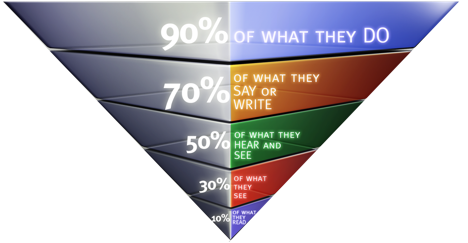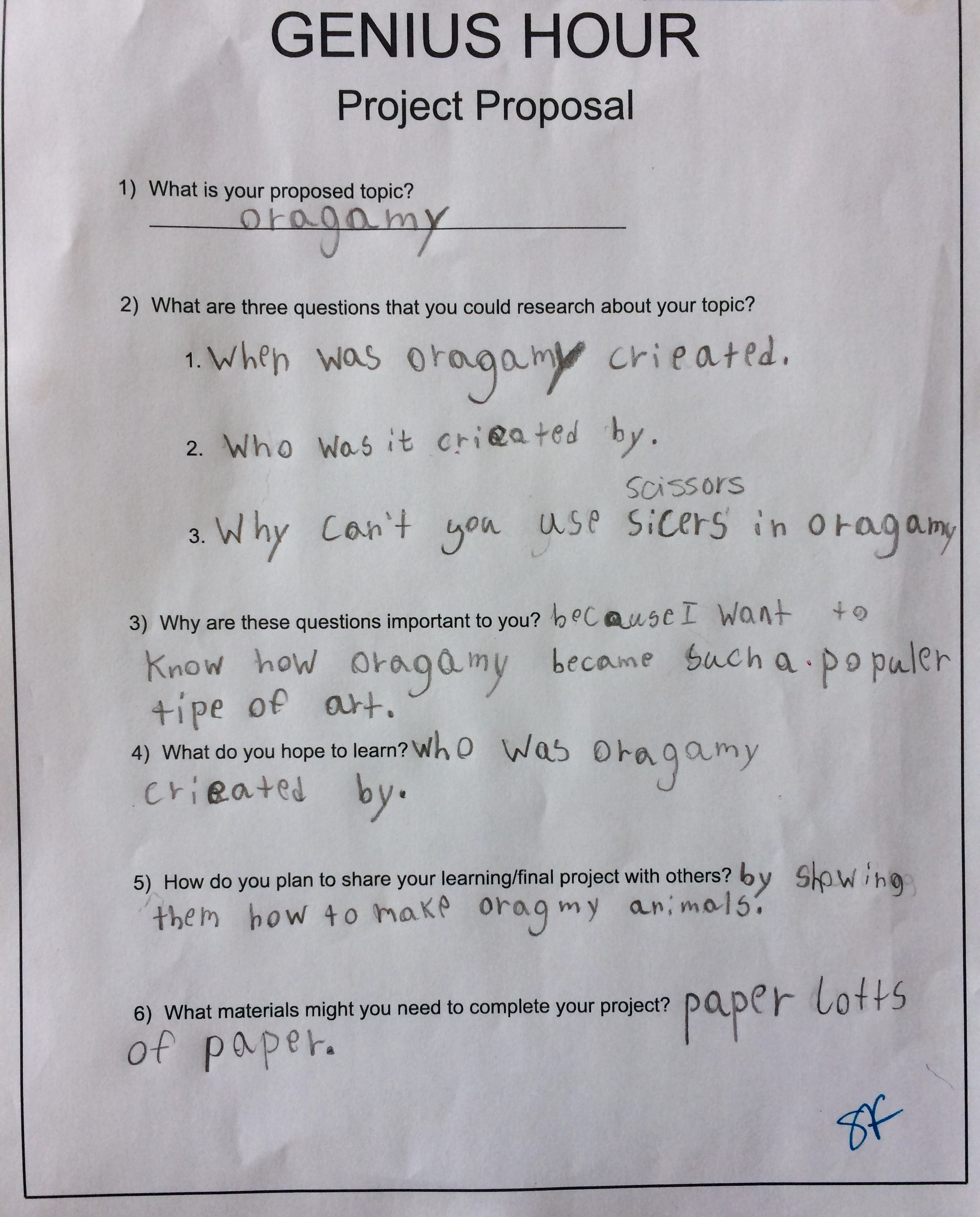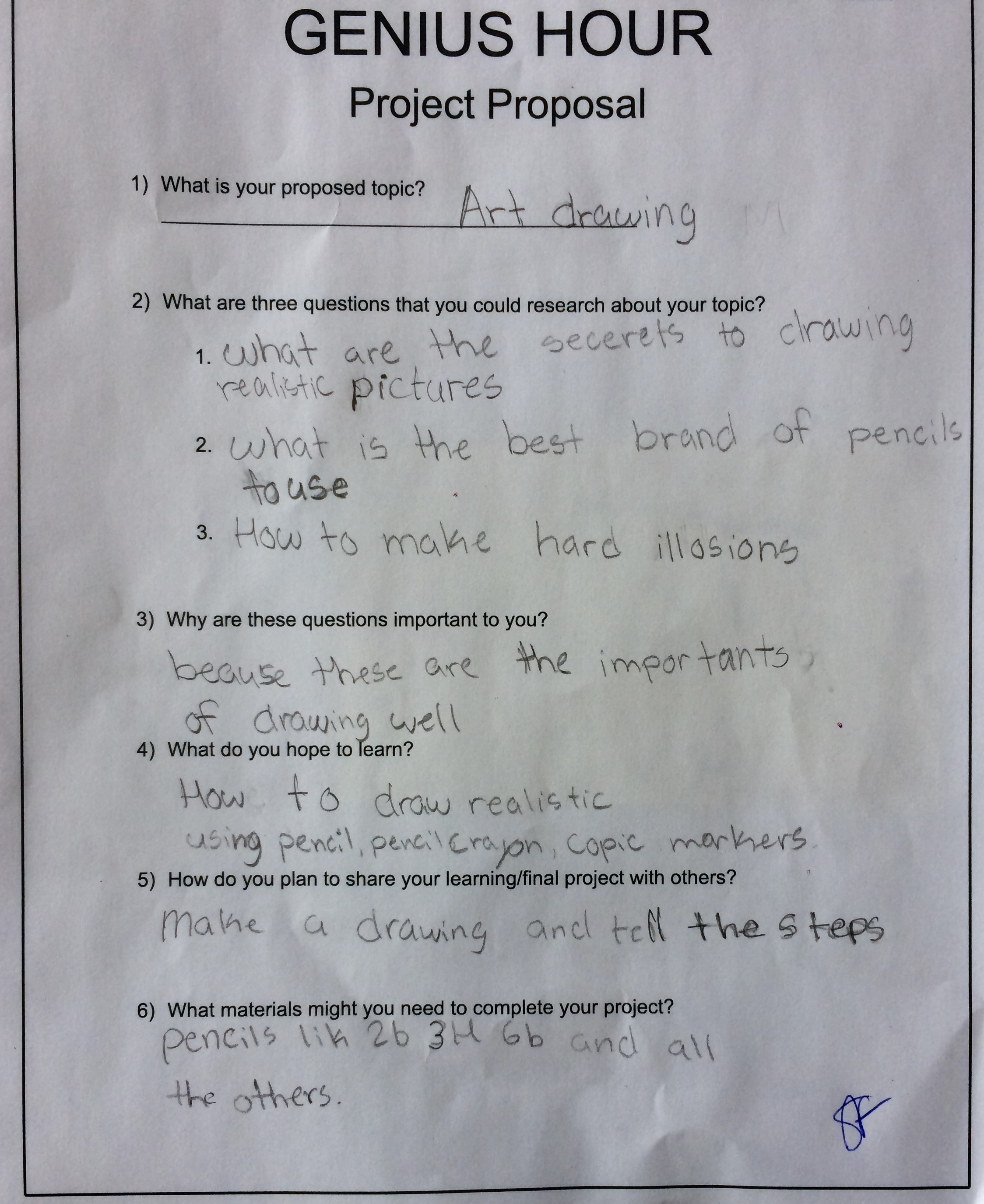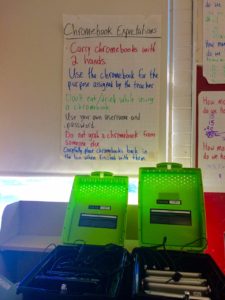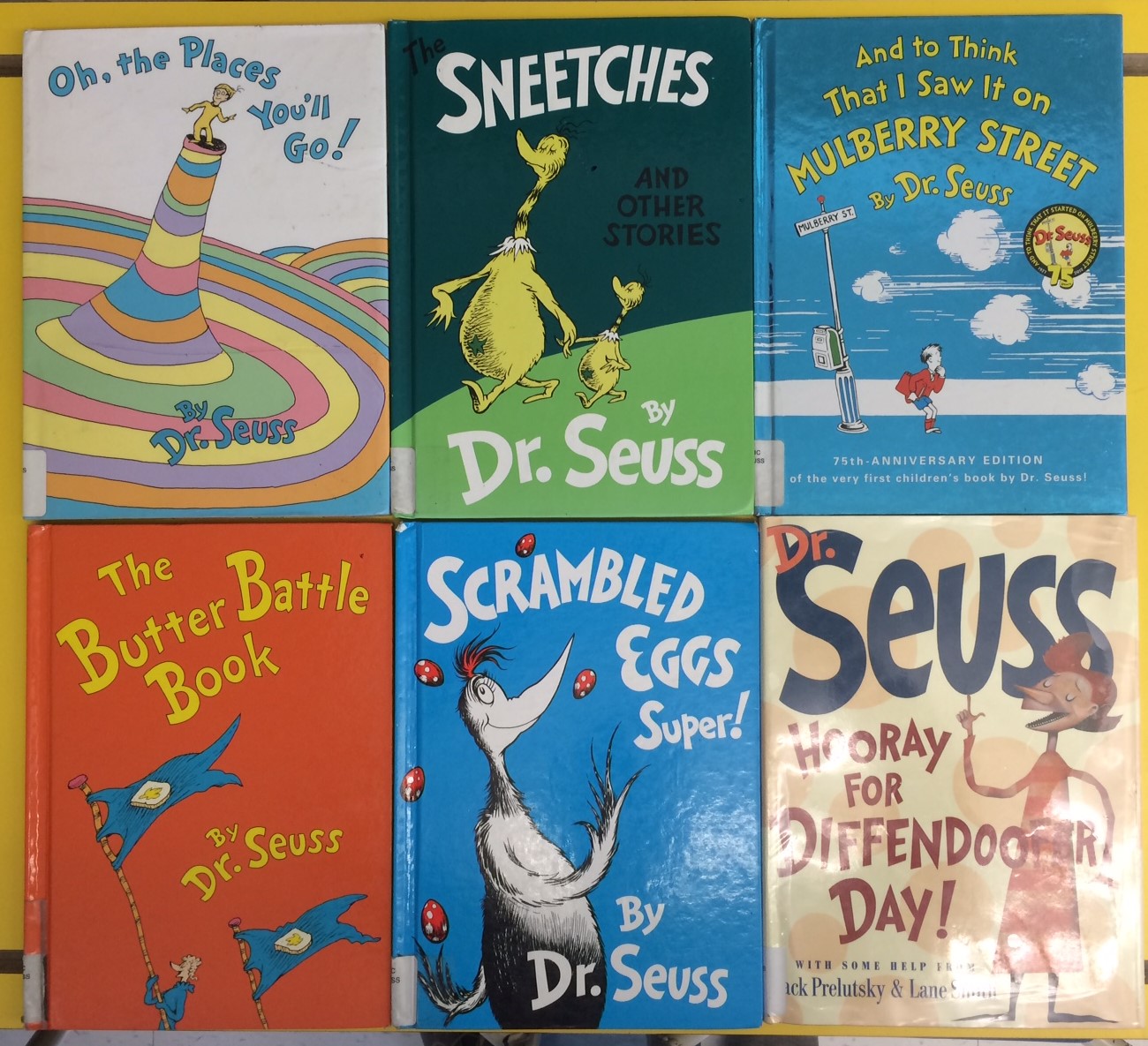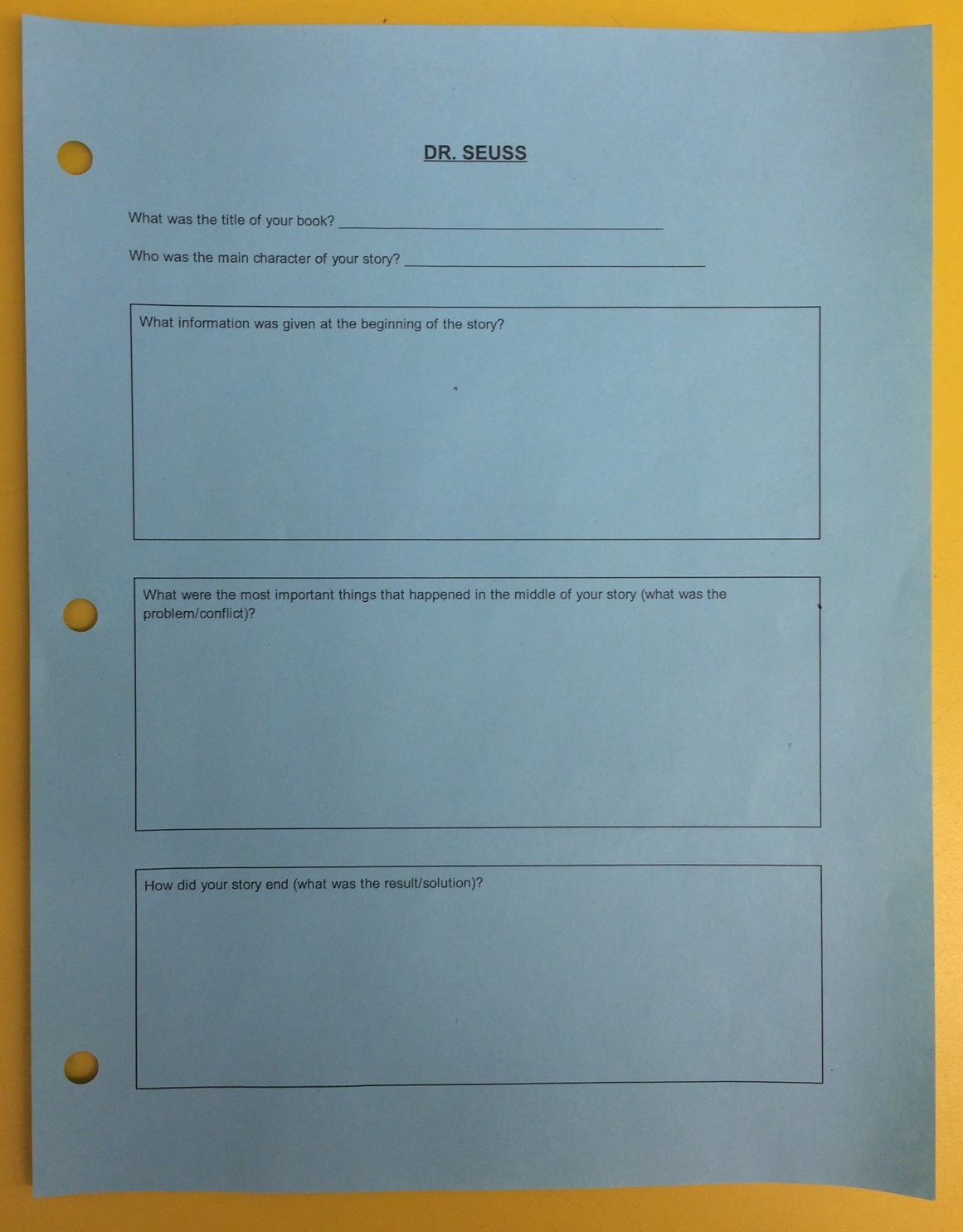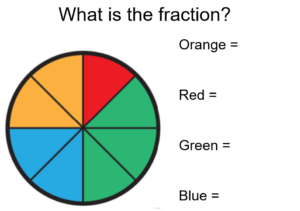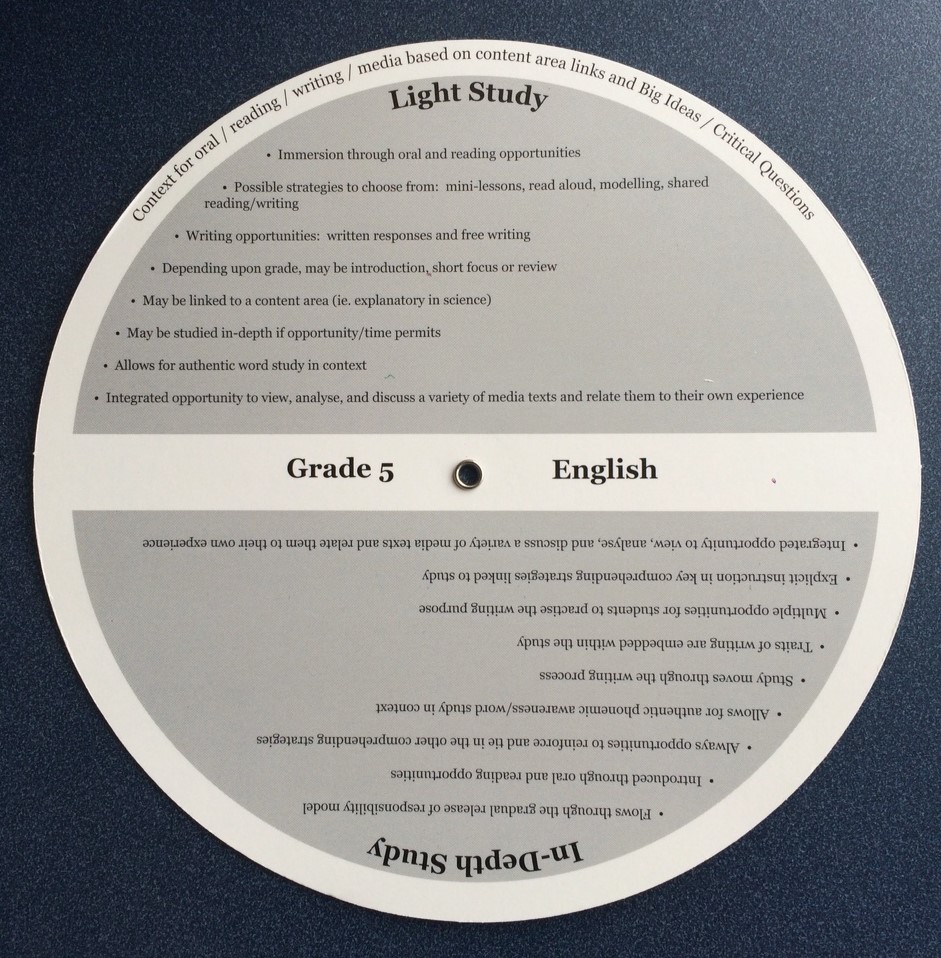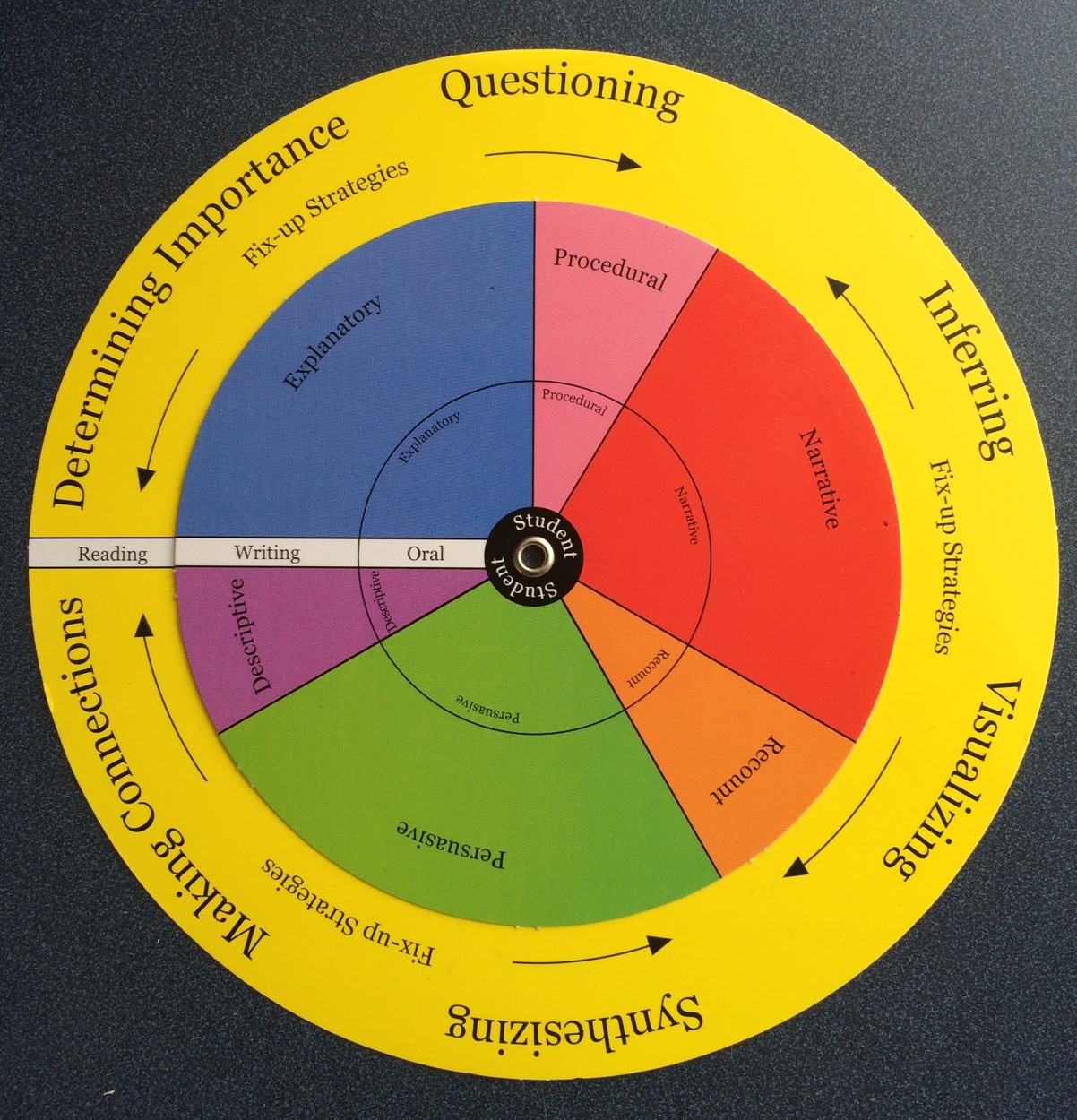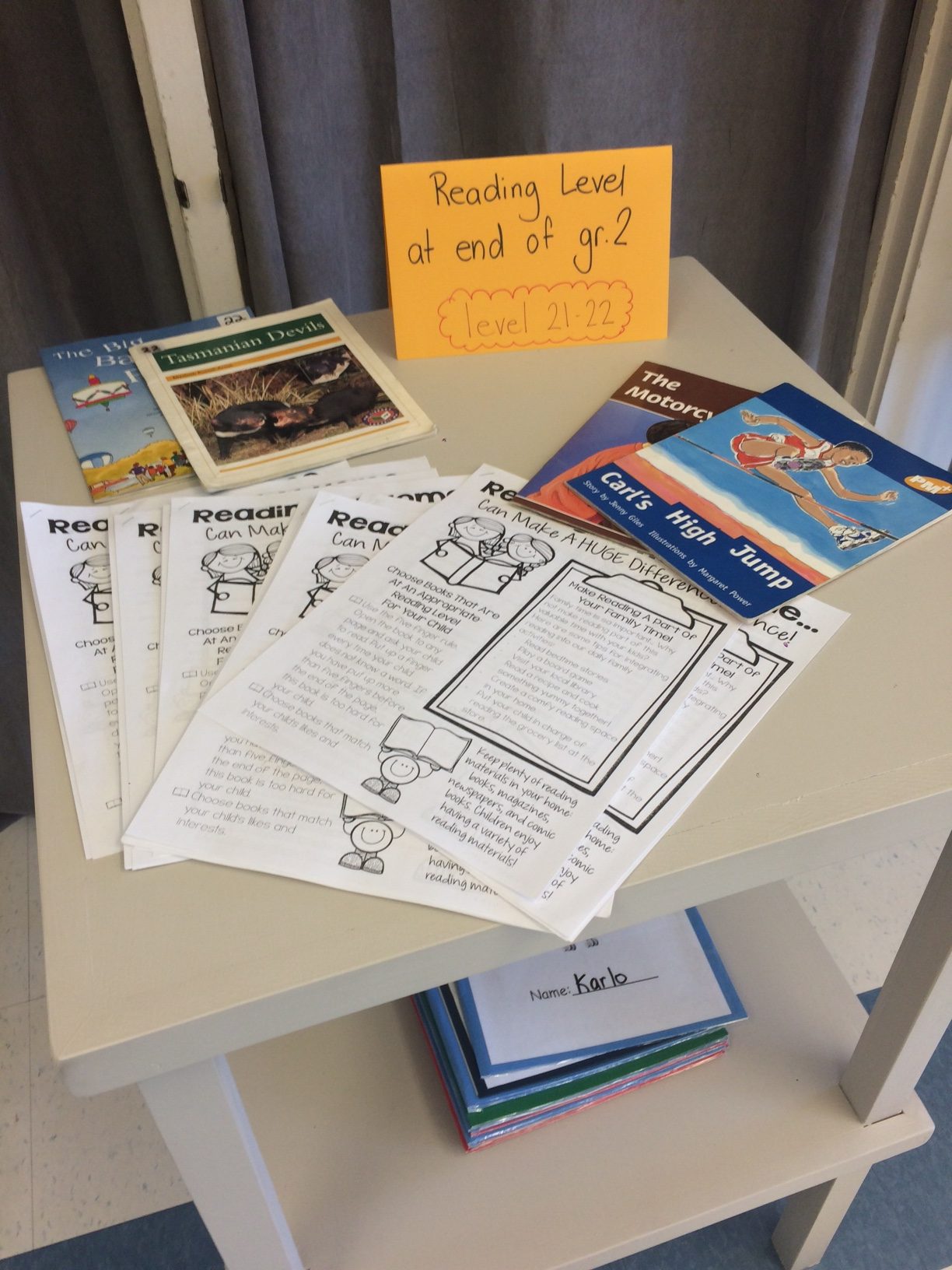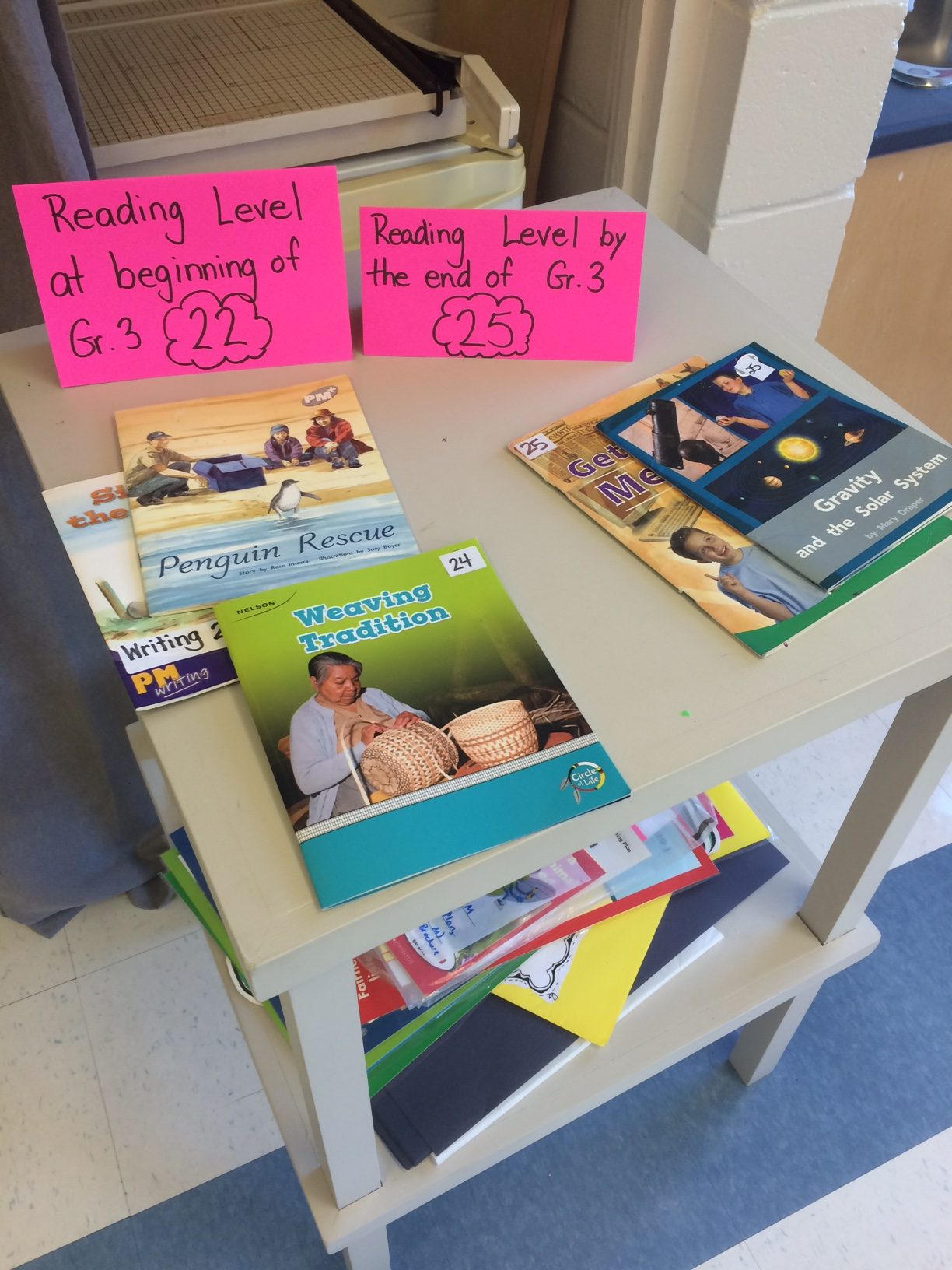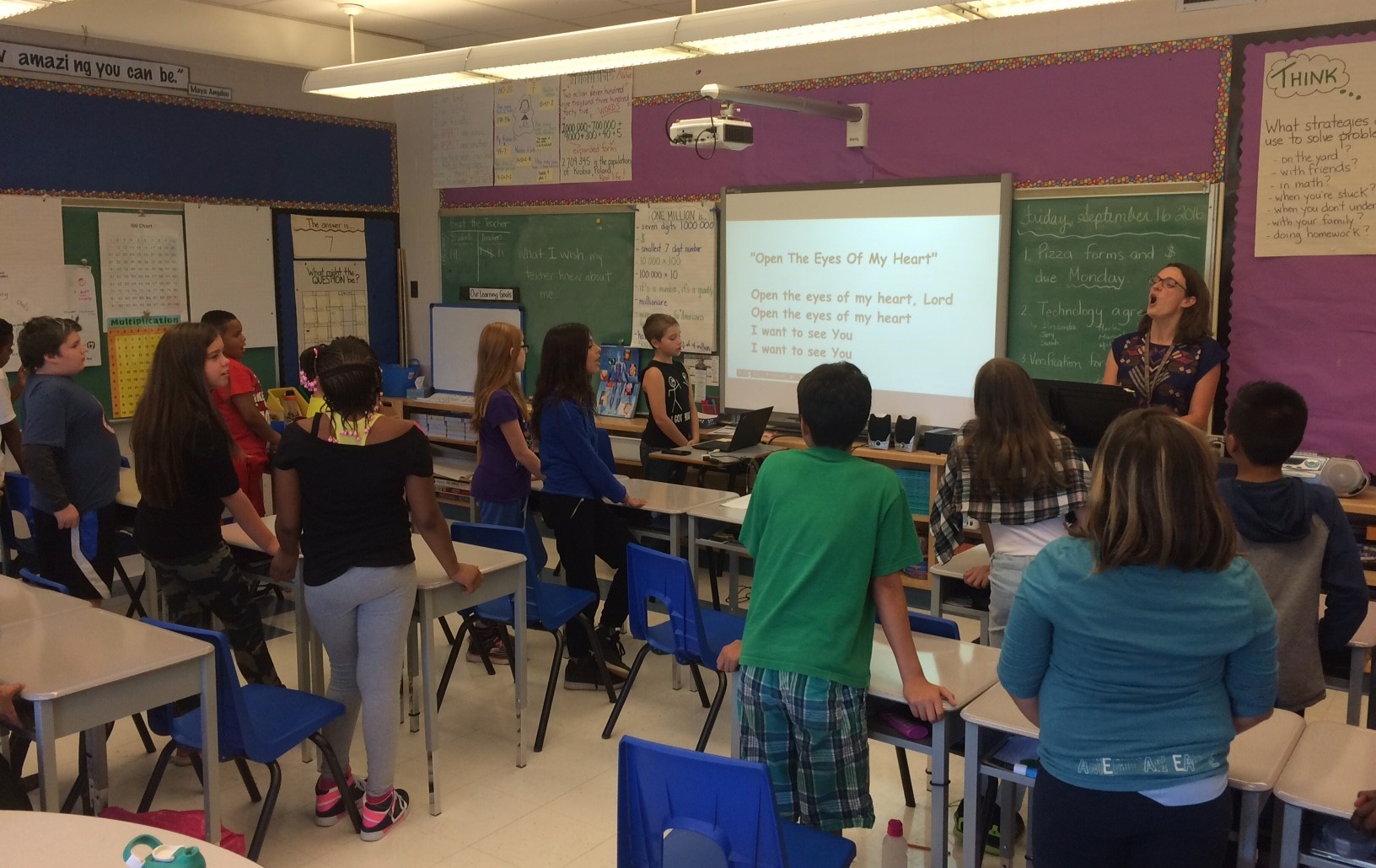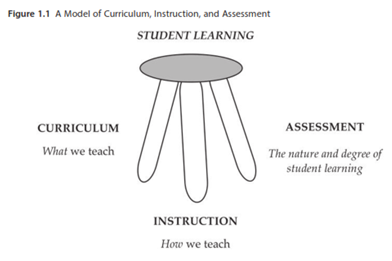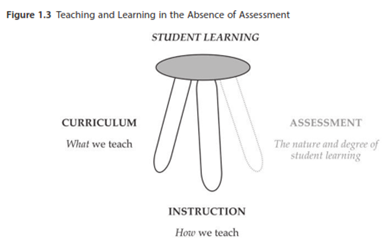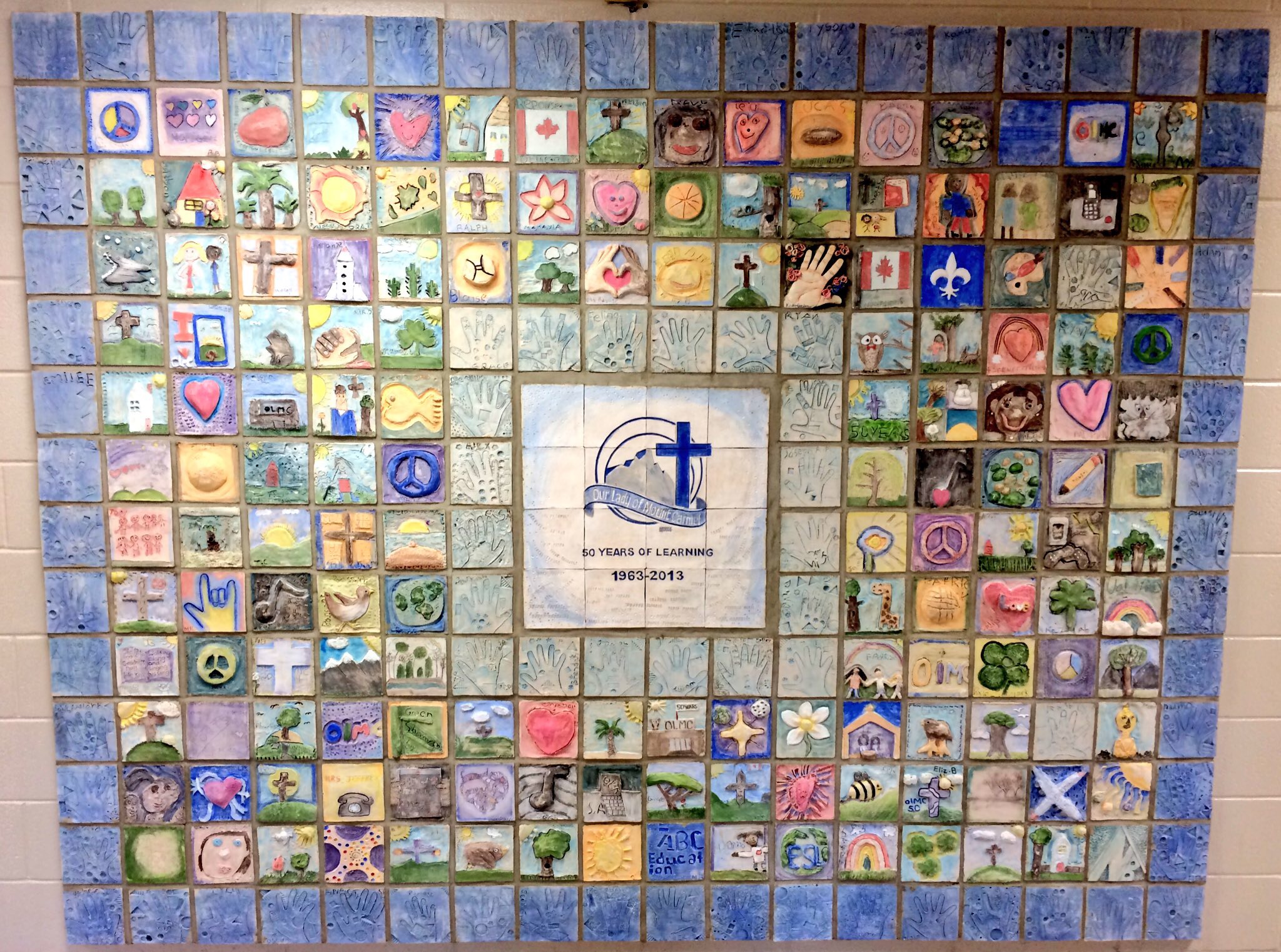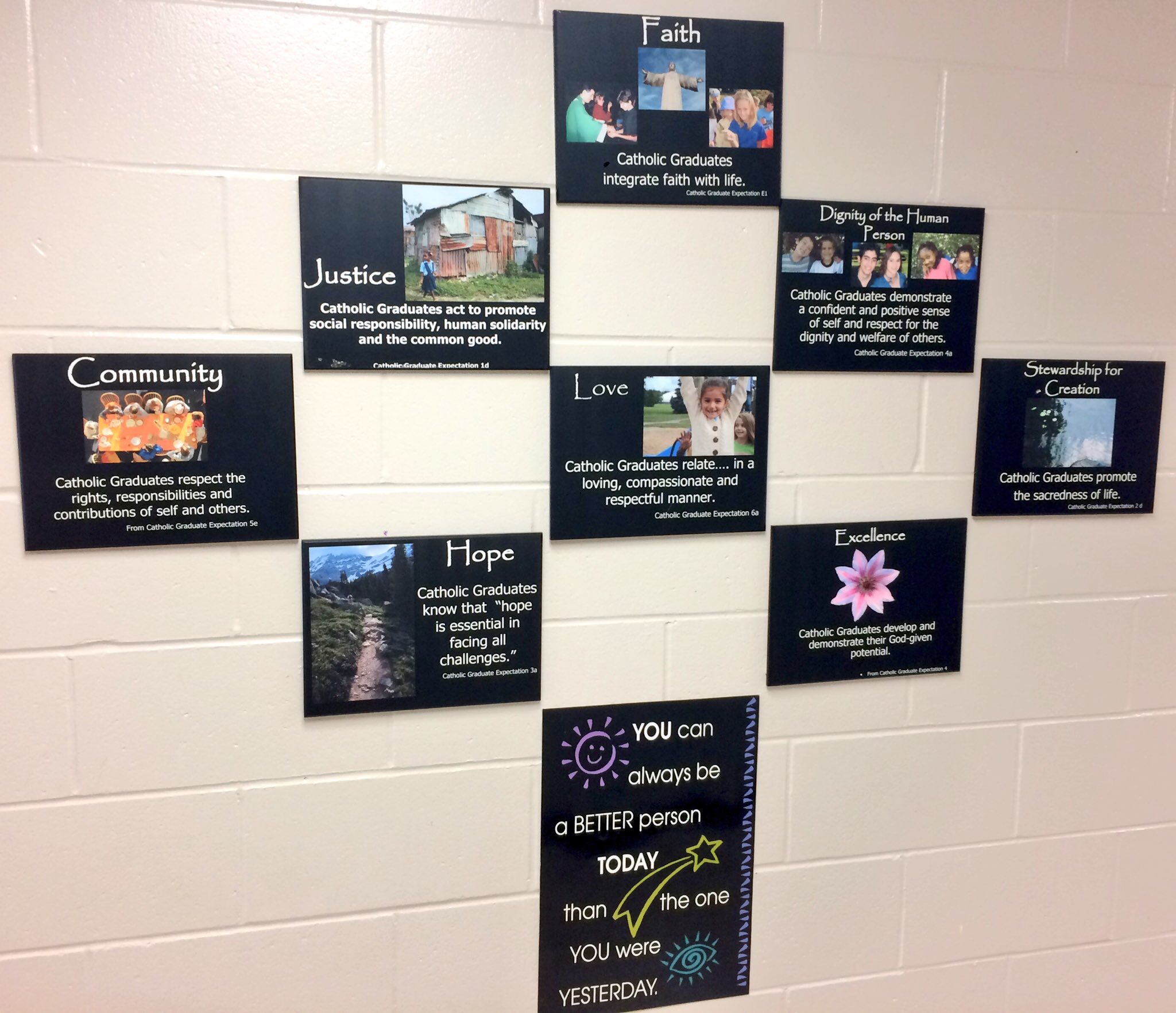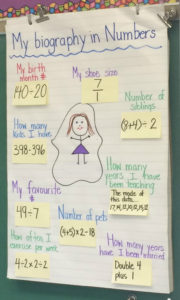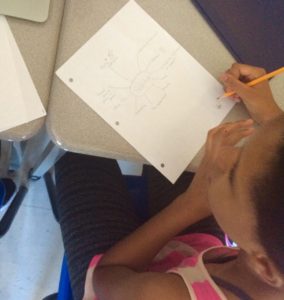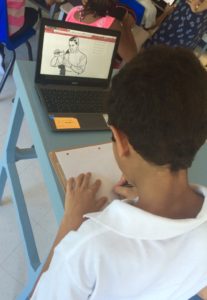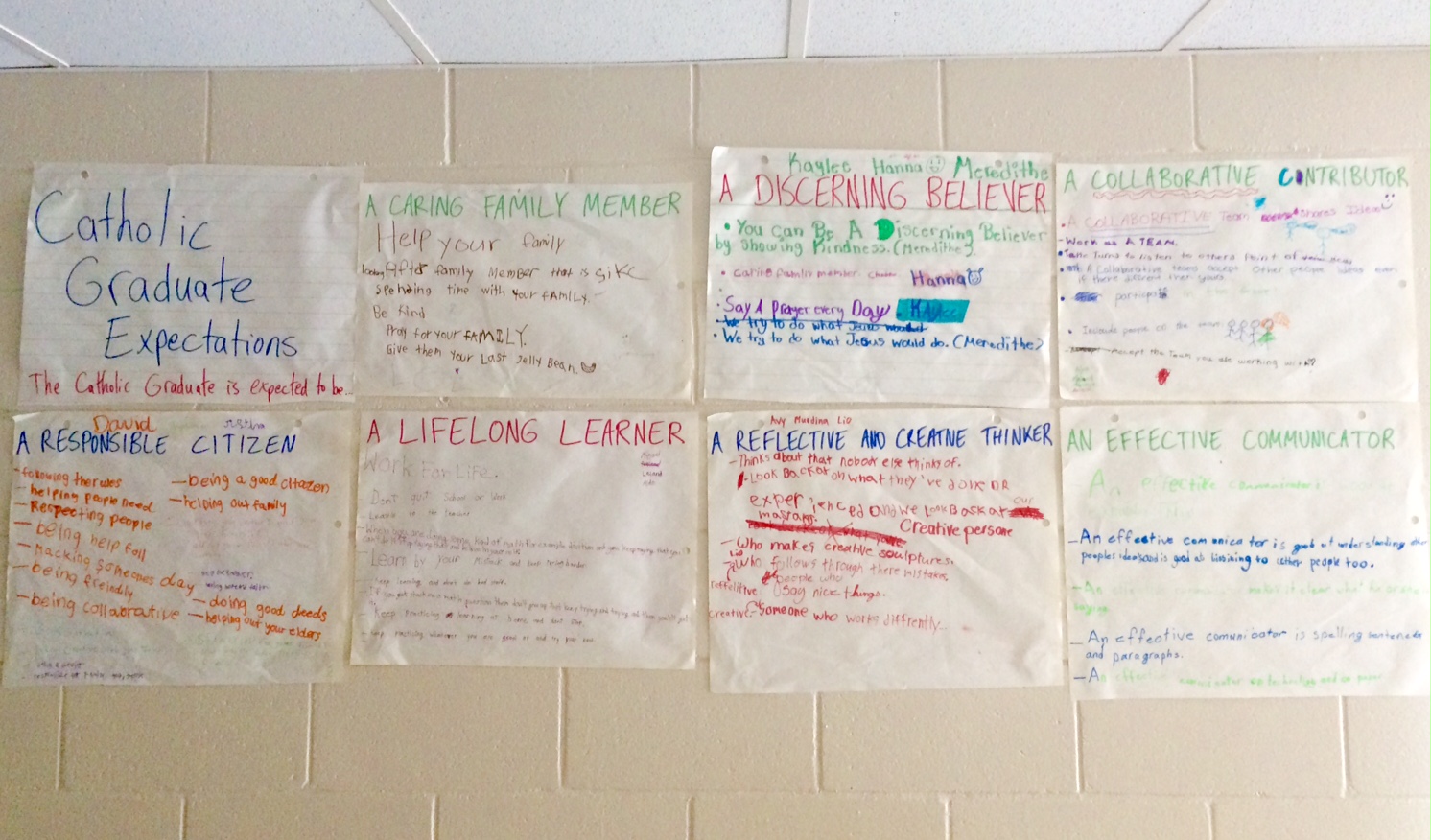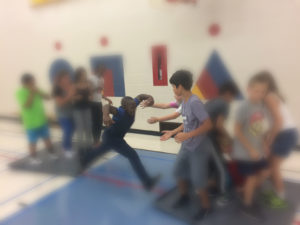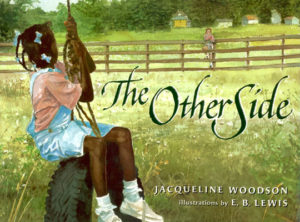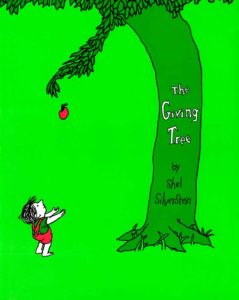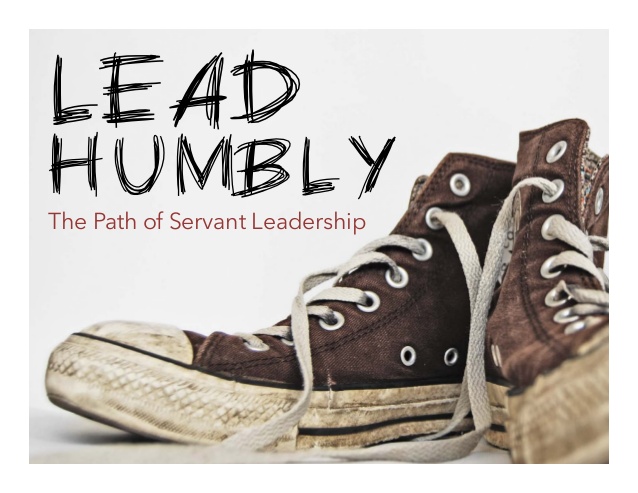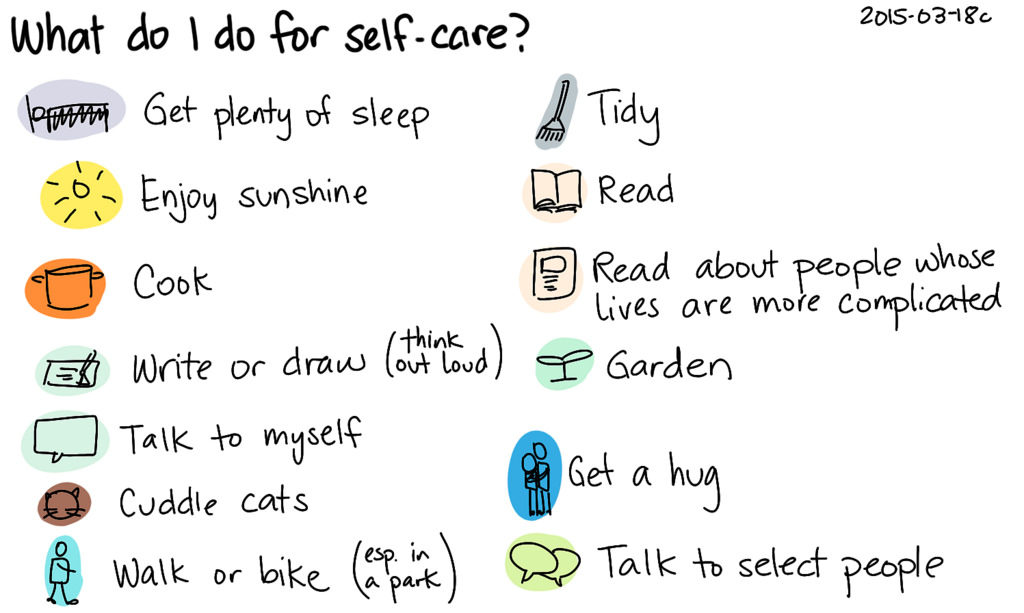Authors: Spencer Burton, Louise Yeon, Devin Hollefriend (2015).
Introduction
Society has a major influence on the current school system. There are a variety of issues that contribute to the overarching theme of society’s effect on schooling, specifically in social, cultural, and political contexts. We will explore the social implication of bullying and its various effects on students. To support this topic, we will emphasize the need of creating a culture of acceptance for promoting mental health. We will conclude our paper by discussing the political contexts of the multifunctionality of the school system.
Social Contexts
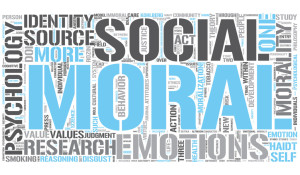 Bullying is a prime example of a social issue that has a profoundly negative impact on the school system. Bullying can place a large stress on students that could lead them to develop various mental illnesses such as anxiety or depression, which in turn would have considerable negative social implications within the school system. There is a multitude of ideas for ways in which to approach the treatment and prevention of bullying. PREVNet (Promoting Relationships and Preventing Violence Network) is a Canadian organization that unites leading researchers and professionals who focus on the topic of bullying with the goal of presenting the issue of bullying as a “relationship problem that requires relationship solutions”(prevnet.ca, 2015). This way of thinking about bullying underscores the social aspects of the issue of bullying. As a result, the negative implications of bullying as a social issue call into question the role of the school climate in its impact on bullying.
Bullying is a prime example of a social issue that has a profoundly negative impact on the school system. Bullying can place a large stress on students that could lead them to develop various mental illnesses such as anxiety or depression, which in turn would have considerable negative social implications within the school system. There is a multitude of ideas for ways in which to approach the treatment and prevention of bullying. PREVNet (Promoting Relationships and Preventing Violence Network) is a Canadian organization that unites leading researchers and professionals who focus on the topic of bullying with the goal of presenting the issue of bullying as a “relationship problem that requires relationship solutions”(prevnet.ca, 2015). This way of thinking about bullying underscores the social aspects of the issue of bullying. As a result, the negative implications of bullying as a social issue call into question the role of the school climate in its impact on bullying.
Generally, the idea of a strongly positive school climate is used to describe an ideal method of bullying prevention. One factor that could have a large impact on the positivity of school climate is the treatment of acts of bullying. The idea of a restorative approach as opposed to the traditional punitive approach as a response to acts of bullying is largely identified as a way to treat those involved in acts of bullying in a way that promotes a positive school climate. The restorative approach holds students accountable for their actions and aims to provide meaningful consequences for their actions (ref.? david smith article). Thus, the restorative approach to the treatment of acts of bullying aims to promote a positive school climate, which will hopefully reduce the negative impacts of bullying on the school system.
Cultural Contexts

We have made great strides in creating conversations about mental health issues within a school climate. It is more widely talked about, accepted, and understood. That being said, the stigma has not disappeared and feelings of shame and guilt by those affected by mental health issues are still widely experienced. Depression, chronic stress, sleep issues, eating disorders, and thoughts of suicide are all possible mental health implications that are experienced by many students throughout their educational career. Thus, mental health in the school system is an issue that needs to be addressed.
It’s one thing to create a culture of acceptance around mental health. It’s another to accept this as a baseline of what students will experience during their time in school. For stigma around mental illness and for attitudes and behaviours surrounding the topic to be truly erased from our culture, the school system needs to be proactive and take action. As educators, we must foster a safe and accepting community so that someone who is struggling can feel comfortable starting a conversation about mental health issues. Students should not have to experience feeling overwhelmed or as if they have to fight their battles alone; they should feel safe to open up about their conflicts to school staff and in turn receive relief efforts and resources.
Educators must assume a new approach to the topic of mental health that views it as an aspect of an individual rather than a dysfunction, in an attempt to rectify the stigma that continues to linger around mental health. Positive psychology is an approach that does just that; it introduces and encourages “simple behaviors in which a person can engage to improve [their] own well-being” (Biswas-Diener, 2013). This framework will allow students to feel better about themselves, feel more confident in discussing their issues, and promote a sense of acceptance surrounding feelings and mental health.
Political Contexts
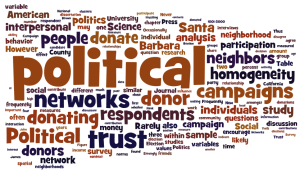
As discussed above, students are feeling the pressures of performance in education. Both social structures and academic requirements have created a high-stress environment for students. The trends seen in the expansion of curriculum expectations, growth in class sizes, and ever-increasing teacher responsibilities can be interpreted as a political cry for generating human capital. Whether it is formally intended or not, students feel pushed to the point of obligation to pursue post secondary education as they feel their worth calculated in terms of competition and report card marks.
Due to the custodial function that has been adopted by teachers and the inherent social control that takes place in schools, students are vulnerable to the established social relations that are taught and experienced. This creates as much potential for a wonderful and enriching environment as it does a harmful and limiting one. As educators we need to move beyond teaching critical analysis and focus more on fostering critical, independent, and innovative thought in order to allow for students to drive their own learning. As children are naturally curious and have a strong desire to learn, this holistic approach is paramount for putting the student and their interests first.
While research and literature surrounding effective and inclusive instruction strategies to promote student learning rather than political desire is rampant, putting it into practice will require a true and widespread shift in thought and action. Successful institution that already employ this model are already in existence and much can be learned from their example. A.S. Neill’s Summerhill School is a prime example of an alternative to the mainstream system. By advertising their school as a democratic learning experience, students have a strong voice in deciding the path of their individual education. Students graduate from this school having met the same requirements of the regular school system but have had an enriched and organic and most importantly engaged learning experience (Summerhill School, n.d.).
Allowing students to take initiative and drive their own education promotes a positive and effective learning environment that allows students and teachers as co-learners to work towards a common goal. Moving away from the top-down approach of imposition and resistance can foster a much healthier and more effective learning experience.
Conclusion
Through an attempt to make the unintended functions of schooling intentional, with a larger emphasis on character building, we expect that there will be a more comprehensive development of positive mental health among the students population. This development of positive mental health climate in schools will promote and create a positive and accepting environment in which students feel safe, thus reducing the occurrence of bullying. In summation, the social, cultural, and political contexts of Canada’s society prove to have immense impacts on the school system.
References
A.S Neill’s Summerhill School. (n.d.). Retrieved November 16, 2015, from http://www.summerhillschool.co.uk
Biswas-Diener, R. (2013, August 17). What’s So Positive About Positive Psychology? Retrieved November 16, 2015, from https://www.psychologytoday.com/blog/significant-results/201308/whats-so-positive-about-positive-psychology
PREVNet, (2015). Retrieved November 16, 2015, from http://www.prevnet.ca/
Smith, David. Improving School Climate to Reduce Bullying. (2012). Canada Education, 65-68.
Taylor, M. (2015, September 28). Session 3: The Functions of Schools. Lecture presented in University of Ottawa, Ottawa, Ontario

